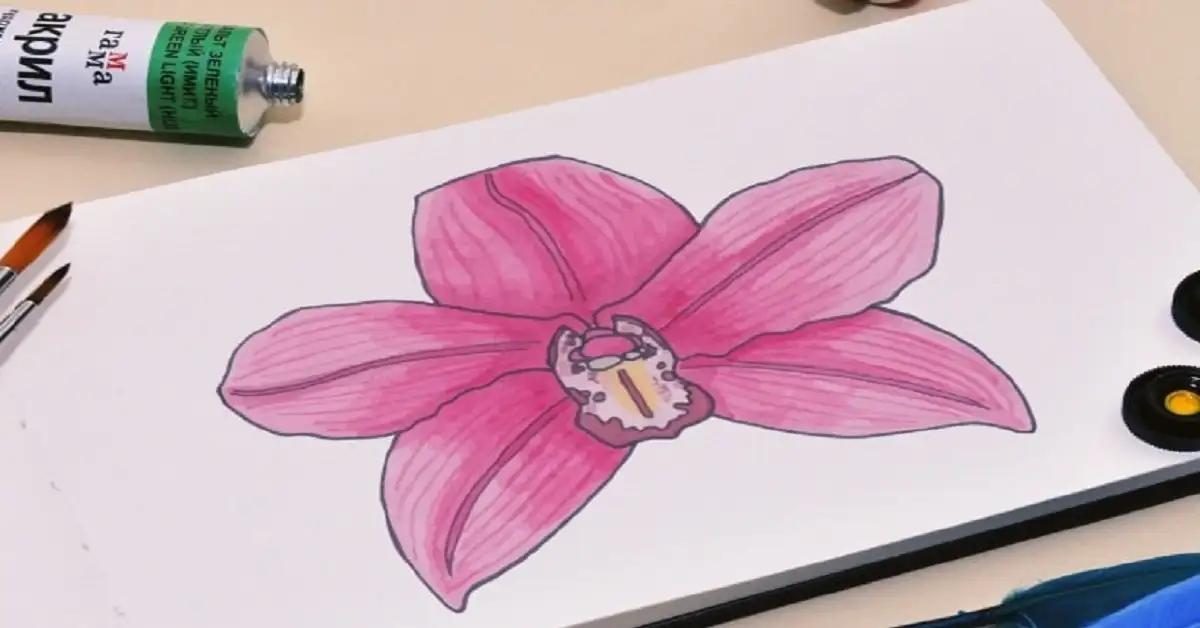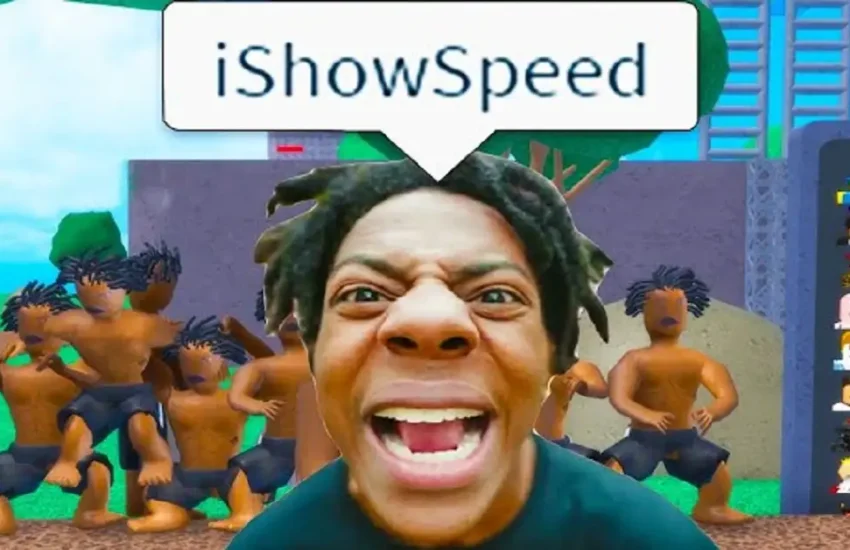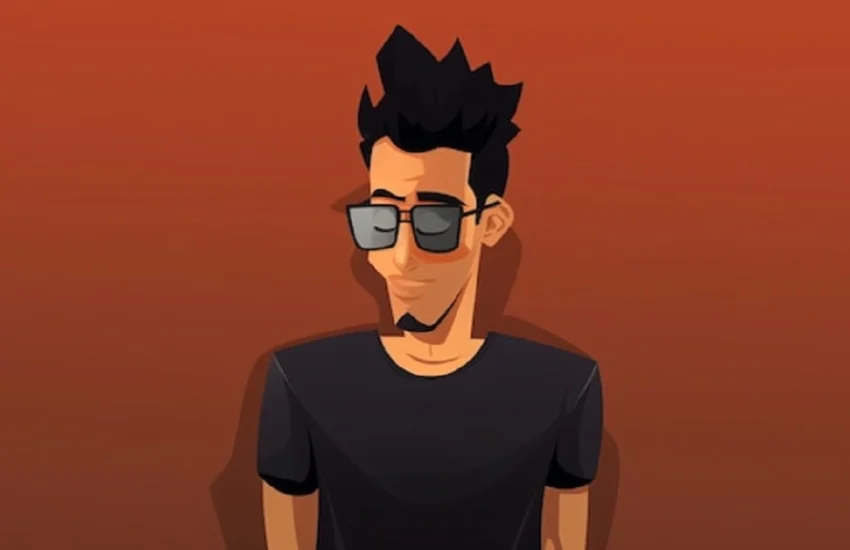The Art of Drawing and Stitching: A Harmonious Blend
Drawing and stitching are two distinct yet interconnected forms of art that have been practiced for centuries. While drawing involves creating images on a surface using various tools such as pencils, pens, and brushes, stitching involves the use of thread and needles to create designs on fabric. Both art forms have their unique characteristics, techniques, and cultural significance, but when combined, they can produce mesmerizing works of art.
The Fundamentals of Drawing
Drawing is one of the most fundamental forms of artistic expression. It is the process of creating marks on a surface, typically paper, using tools like pencils, charcoal, ink, and pastels. The primary goal of drawing is to represent objects, scenes, or ideas visually. Here are some key aspects of drawing:
- Tools and Materials: Artists use various tools depending on the desired effect. Pencils, pens, and markers are common for precise lines, while charcoal and pastels are used for broader strokes and shading. The choice of paper also influences the outcome, with options ranging from smooth to textured surfaces.
- Techniques: Drawing techniques include line drawing, shading, hatching, cross-hatching, and stippling. Each technique offers different ways to depict light, shadow, and texture. Mastering these techniques requires practice and an understanding of how light interacts with objects.
- Styles: Drawing styles can vary widely, from realistic and representational to abstract and experimental. Artists often develop their unique styles by experimenting with different techniques and tools.
- Subjects: Common subjects in drawing include portraits, landscapes, still life, and abstract concepts. Each subject requires a different approach and skill set. For example, drawing a portrait involves capturing the likeness and personality of a person, while landscape drawing focuses on representing natural scenes.
The Art of Stitching
Stitching, or embroidery, is the craft of decorating fabric or other materials using a needle and thread. It has been practiced for thousands of years across various cultures and regions. Embroidery can be both functional and decorative, and it encompasses a wide range of techniques and styles:
- Tools and Materials: Essential tools for stitching include needles, embroidery hoops, and threads made from materials like cotton, silk, and wool. The choice of fabric, such as linen, cotton, or silk, also affects the final outcome.
- Techniques: There are numerous stitching techniques, including cross-stitch, satin stitch, backstitch, and French knots. Each technique creates a different texture and visual effect. Some techniques are better suited for specific types of designs, such as cross-stitch for geometric patterns and satin stitch for smooth surfaces.
- Styles: Embroidery styles can vary from traditional and folk art to contemporary and modern. Traditional styles often feature intricate patterns and motifs passed down through generations, while contemporary embroidery may incorporate mixed media and abstract designs.
- Cultural Significance: Embroidery holds cultural significance in many societies. For example, in India, embroidery is an integral part of traditional clothing, while in Japan, sashiko stitching is used for both functional and decorative purposes. Each culture has its unique stitching techniques and motifs that reflect its history and values.
Combining Drawing and Stitching: An Artistic Symphony
When drawing and stitching are combined, they create a unique and captivating form of art that blends the precision of drawing with the texture and depth of embroidery. This fusion can take various forms, from hand-drawn designs enhanced with stitched details to fully integrated works where drawing and stitching are inseparable.
- Design Process: The process of combining drawing and stitching often begins with a hand-drawn design. The artist sketches the basic outlines and details of the design on paper or directly onto the fabric. This initial drawing serves as a guide for the stitching process.
- Stitching Techniques: Once the drawing is complete, the artist uses various stitching techniques to add texture, color, and depth to the design. For example, a simple line drawing can be transformed into a vibrant, multi-dimensional piece by incorporating different stitches and threads.
- Creative Freedom: Combining drawing and stitching offers artists immense creative freedom. They can experiment with different materials, techniques, and styles to achieve their desired effect. This approach allows for the creation of highly personalized and unique artworks.
- Applications: The combination of drawing and stitching can be applied to various art forms, including textiles, fashion, home décor, and fine art. Artists can create embroidered illustrations, stitched portraits, and even mixed-media installations that incorporate both drawing and stitching.
Conclusion
Drawing and stitching are timeless art forms that, when combined, create a harmonious blend of precision and texture. This fusion allows artists to explore new creative possibilities and produce captivating works that are rich in detail and depth. Whether used for decorative purposes, cultural expression, or personal artistic exploration, the combination of drawing and stitching continues to inspire and captivate artists and audiences alike.


